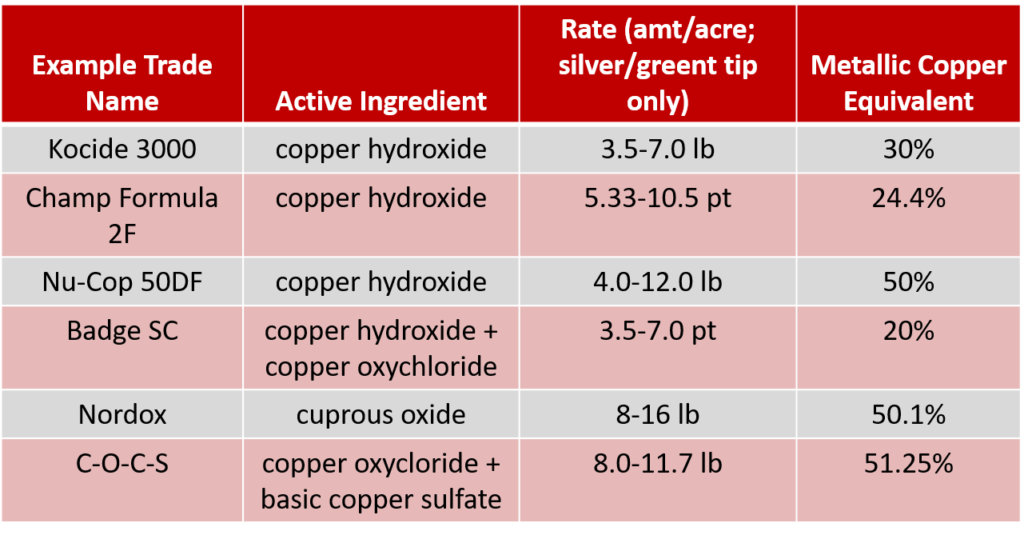2020 Apple Disease Update: Late Silver / Green Tip
go.ncsu.edu/readext?661296
en Español / em Português
El inglés es el idioma de control de esta página. En la medida en que haya algún conflicto entre la traducción al inglés y la traducción, el inglés prevalece.
Al hacer clic en el enlace de traducción se activa un servicio de traducción gratuito para convertir la página al español. Al igual que con cualquier traducción por Internet, la conversión no es sensible al contexto y puede que no traduzca el texto en su significado original. NC State Extension no garantiza la exactitud del texto traducido. Por favor, tenga en cuenta que algunas aplicaciones y/o servicios pueden no funcionar como se espera cuando se traducen.
Português
Inglês é o idioma de controle desta página. Na medida que haja algum conflito entre o texto original em Inglês e a tradução, o Inglês prevalece.
Ao clicar no link de tradução, um serviço gratuito de tradução será ativado para converter a página para o Português. Como em qualquer tradução pela internet, a conversão não é sensivel ao contexto e pode não ocorrer a tradução para o significado orginal. O serviço de Extensão da Carolina do Norte (NC State Extension) não garante a exatidão do texto traduzido. Por favor, observe que algumas funções ou serviços podem não funcionar como esperado após a tradução.
English
English is the controlling language of this page. To the extent there is any conflict between the English text and the translation, English controls.
Clicking on the translation link activates a free translation service to convert the page to Spanish. As with any Internet translation, the conversion is not context-sensitive and may not translate the text to its original meaning. NC State Extension does not guarantee the accuracy of the translated text. Please note that some applications and/or services may not function as expected when translated.
Collapse ▲ Silver tip and green tip have arrived in most apple orchards and cultivars throughout NC. Given the importance of late silver/green tip applications for canker blight management, if you haven’t done it yet, this is a perfect time to dewinterize your sprayer and get it calibrated. For further information on airblast calibration, check out the 2020 SE Orchard Management Guide or contact your local extension agent.
Silver tip and green tip have arrived in most apple orchards and cultivars throughout NC. Given the importance of late silver/green tip applications for canker blight management, if you haven’t done it yet, this is a perfect time to dewinterize your sprayer and get it calibrated. For further information on airblast calibration, check out the 2020 SE Orchard Management Guide or contact your local extension agent.
- Remove fruit mummies. Mummified fruitlets can harbor several pathogens including Botryosphaeria (white rot, frogeye leaf spot and black rot), Colletotrichum (bitter rot), and I’d suspect even fire blight. Even if you can’t destroy them, the simple act of removing the mummies and tossing into the row middles should help limit spore spread.
- Prune out cankers. Yes, this should have been accomplished prior to green tip, but it’s not too late! Pruning cankers will help limit local fire blight inoculum which in turn should lower your risk of blossom blight infections.
- Apply urea and flail mow leaf litter. Again, likely should have been accomplished earlier, but you should get some boost in reducing the inoculum of pathogens causing apple scab, Glomerella leaf spot, Alternaria leaf blotch, Marssonina leaf blotch, plus other foliar diseases.



